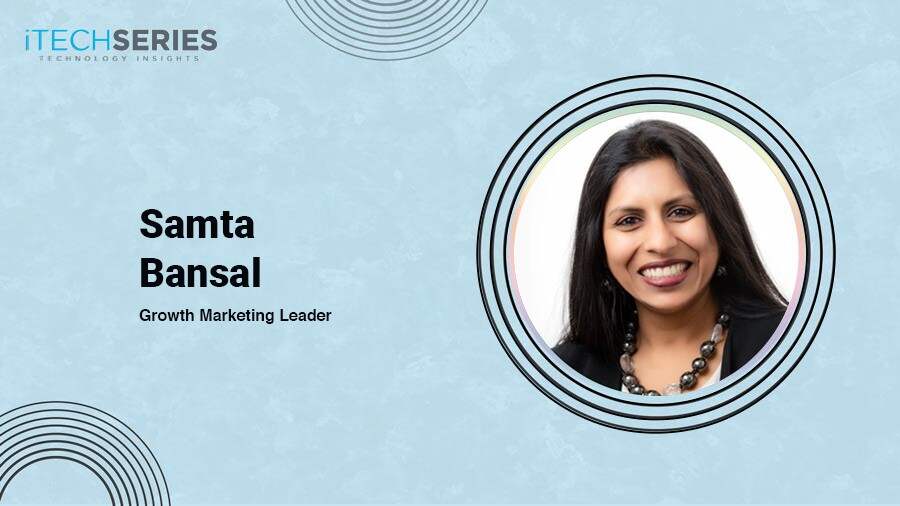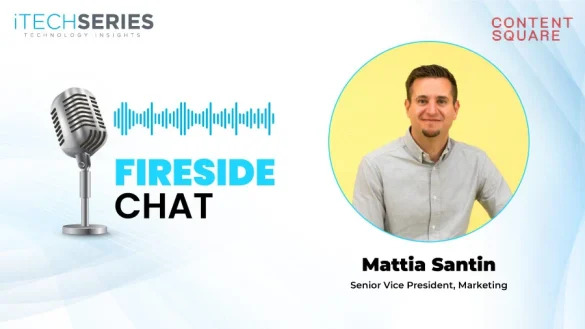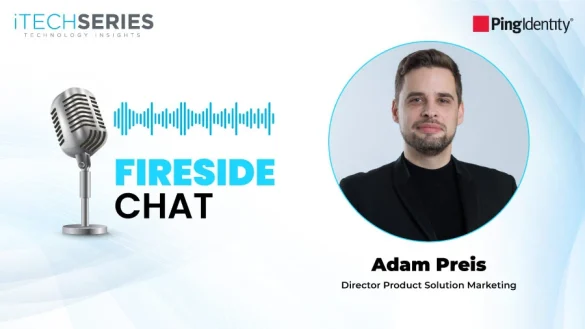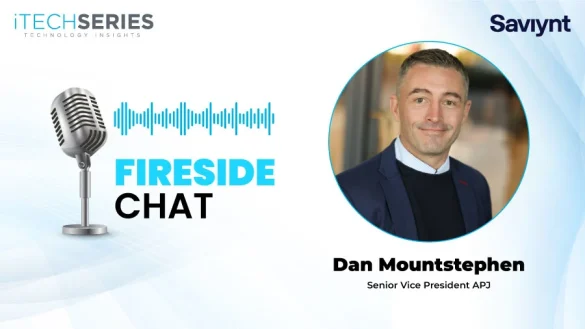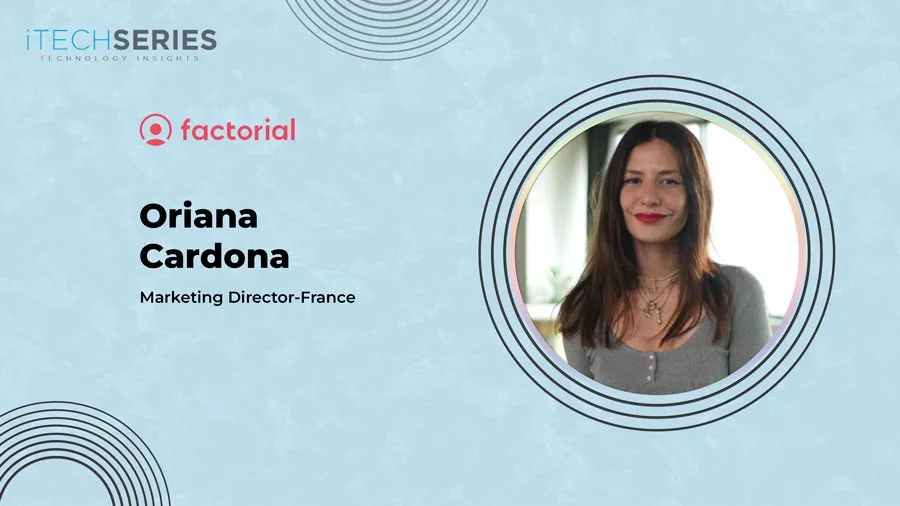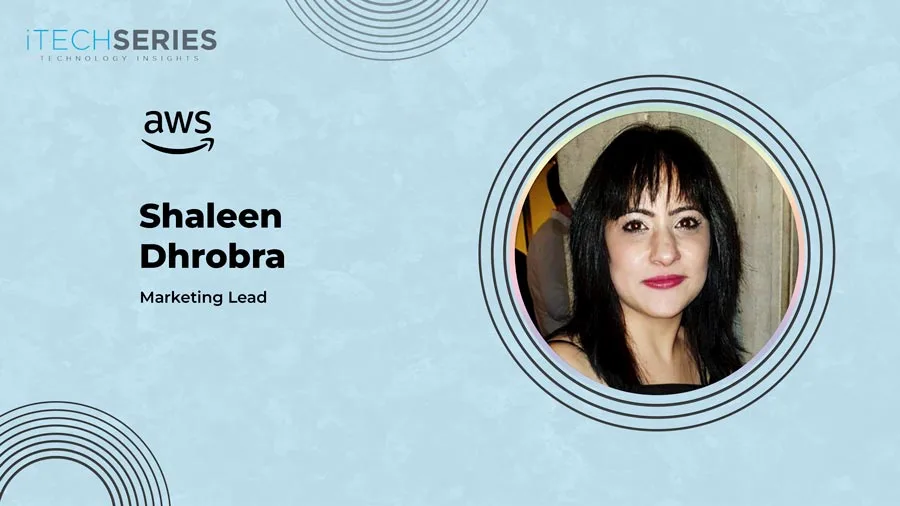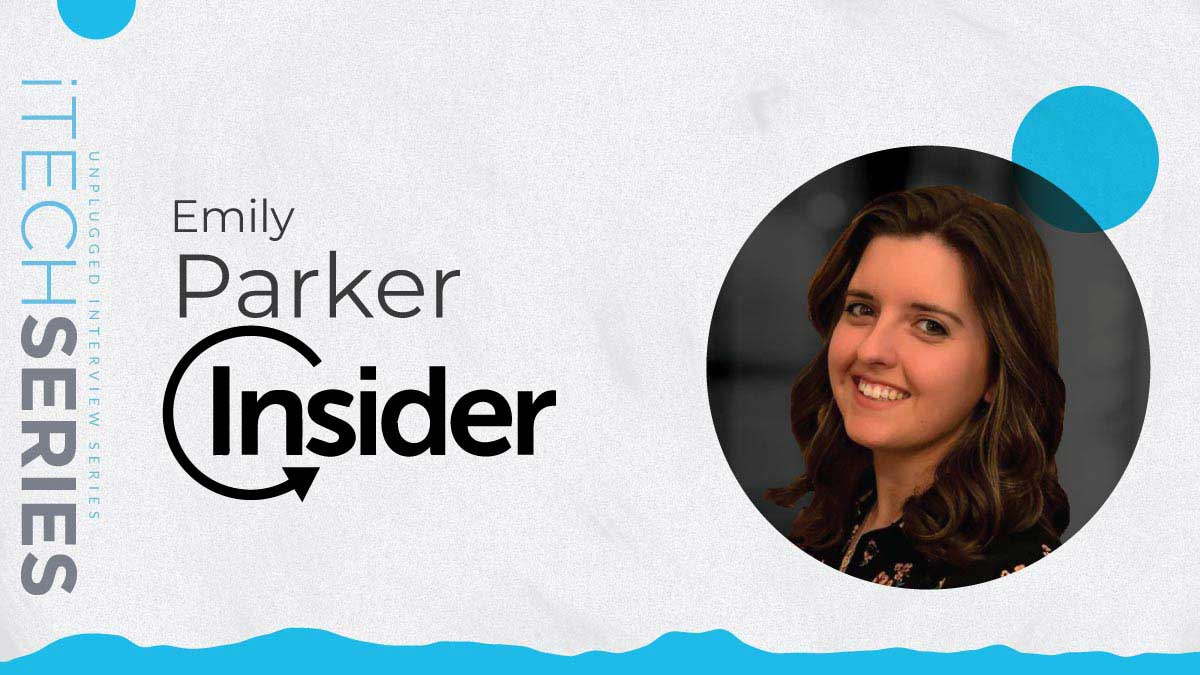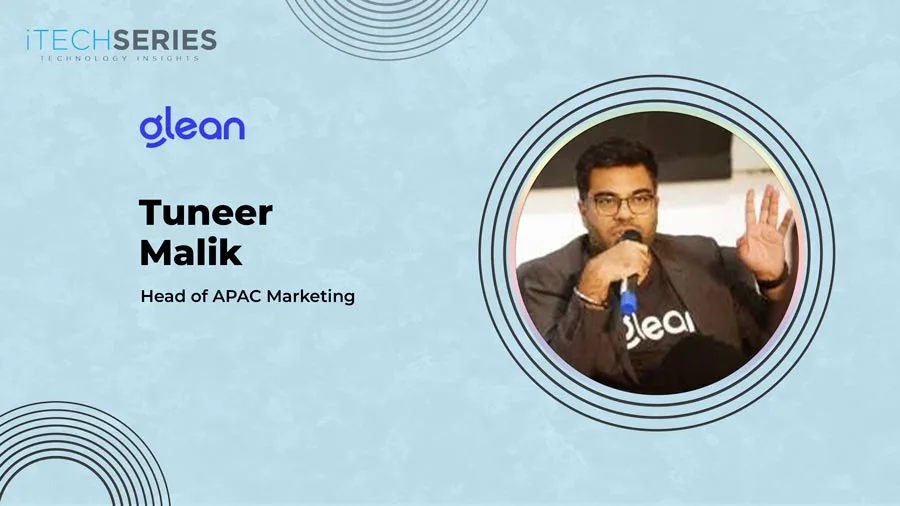Samta Bansal, a seasoned marketing leader, shares her insights on navigating global marketing strategies and AI-driven GTM approaches. With over 25 years of experience, she delves into evolving marketing landscapes, balancing brand awareness with lead generation, and driving measurable business impact in the AI era.
Samta, it’s wonderful to have you on this interview. Could you tell us about your marketing journey?
Thank you! It’s a pleasure to be here. My marketing journey has been an evolution spanning over 25 years, shaped by curiosity, adaptability, and a passion for storytelling and for building high-performing teams. I began in high-tech as a pre-sales consultant, translating technical capabilities into customer-centric narratives. Over time, I transitioned into strategic marketing, leading go-to-market initiatives across industries like semiconductors, enterprise software, consulting services, and now AI startups.
A pivotal moment in my career was leading the market introduction of an industrial software platform and spearheading initiatives like the Smart City project. I collaborated with C-level executives to define digital transformation strategies across multiple industries, earning me the CEO’s External Focus Award, which was tremendously validating. Later, I took on the challenge of building and scaling marketing for a multimillion-dollar global services business, overseeing brand positioning, demand generation, and portfolio integration during a major corporate transition.
Currently, I’m working in a Fractional CMO capacity helping a Practical AI startup navigate through Series A funding while scaling brand and sales growth. It’s been an exciting challenge—aligning fundraising narratives, market positioning, and demand generation strategies to accelerate momentum. This role allows me to apply my enterprise marketing experience to the dynamic startup environment, particularly in the AI space, where differentiation and clear value articulation are critical for success.
Throughout my career, my focus has been on turning complexity into clarity—whether it’s launching new enterprise solutions and services, aligning stakeholders, guiding startups, or shaping market categories—it is about driving measurable business impact through marketing. That’s the common thread that continues to drive me.
How have you seen marketing evolve over the years, particularly in its alignment with sales and customer success?
Marketing has undergone a seismic shift—from being a cost center to a revenue engine, from gut-based decisions to data-driven precision. Marketing is now accountable for revenue, customer engagement, and long-term business growth.
Earlier, marketing was heavily lead-gen focused, often operating in silos. Today, it plays a full-funnel role—nurturing relationships, driving account expansion, and ensuring customer lifetime value ultimately driving awareness, accelerating pipeline, and influencing customer expansion. The shift is largely driven by digital engagement, AI-driven insights, and an increased focus on customer experience.
In my work with startups and enterprise businesses, I believe the best marketing teams today need to be orchestrators—aligning with sales on revenue goals, enabling customer success teams with insights, and using AI-driven real-time data to pivot and fine-tune strategies. It’s an exciting time to be in marketing because the impact is more measurable than ever.
I always advocate—don’t just measure leads and MQLs—track pipeline velocity, win rates, and customer lifetime value. It’s a fundamental shift in how we drive business impact.
“Marketing has undergone a seismic shift—from being a cost center to a revenue engine, from gut-based decisions to data-driven precision.”
As a marketer, what is your advice on balancing long-term brand awareness goals with short-term lead generation priorities?
It’s a delicate balance and one that many organizations struggle with. The key is to stop thinking of them as competing priorities and instead integrate them into a cohesive strategy. Brand awareness is about long-term trust, credibility, and differentiation—things that take time to build but create sustained demand. Lead generation, on the other hand, is about immediate pipeline growth. The trick is finding the right mix. In my work with a practical AI startup, we’re running multi-layered campaigns that blend thought leadership (for brand-building) with targeted demand generation (for sales growth).
A framework that has worked for me is using an 80/20 approach—80% of efforts tied to demand and revenue objectives, 20% invested in long-term brand initiatives that create organic “pull” in the market. The trick is measuring brand efforts in a way that aligns with revenue—tracking share of voice, engagement, and influence in deal velocity. A great example is the “Your Cloud, Your Way” campaign, where we combined thought leadership with demand generation, driving double-digit growth in the pipeline while strengthening our positioning as a thought leader in a crowded cloud market. When done right, brand and demand fuel each other, not compete.
How do you evaluate and prioritize multiple campaign ideas to determine the most effective one?
It comes down to a mix of data, strategic business alignment, and market intuition.
- Business Priorities First: Every campaign must align with core growth objectives—whether that’s acquiring new logos, accelerating the pipeline, or expanding into key accounts.
- Data-Driven Decision Making: I look at past campaign performance, market trends, and competitive intelligence to see what’s working.
- Customer-Centric Approach: The best campaigns solve a real problem for customers. If it doesn’t address a real need, it’s deprioritized.
- Test and Optimize: Instead of a single big-bang launch, I prefer a test-and-scale model, where we run smaller pilots, analyze engagement, and then optimize for maximum impact.
In addition to factors like alignment with business objectives, customer impact, and potential ROI, use a value-effort matrix to prioritize them. This involves assessing each idea based on its potential value to the business and the effort required to execute it. Ideas that are high in value but low in effort are quick wins, while those that are high in both value and effort are considered big bets.
Marketing isn’t just about creativity—it’s about orchestrating the right mix of messaging, channels, and execution to drive business outcomes. With AI marketing, we can use predictive analytics to determine which campaign themes have the highest conversion potential. Ultimately, the most effective campaigns are those that resonate with your target audience and drive measurable business results.
What are some of the biggest go-to-market challenges and opportunities for AI-enabled products and services?
The biggest challenge? Cutting through the hype and proving real business impact. Many AI companies struggle with:
- Over-promising, under-delivering–AI is complex, and buyers are skeptical.
- Long sales cycles–AI solutions often require a behavioral shift and process changes, which slows down adoption.
- Differentiation–In a crowded market, how do you stand out?
On the opportunity side, AI presents a game-changing potential for hyper-personalization, automation, and efficiency gains.
For marketers, the key is to focus on:
- Sell Outcomes, not technology—Instead of selling “AI,” position how it drives revenue, efficiency, or customer experience.
- Show proof, not just vision—Use real-world case studies, data, and pilots to validate AI’s impact.
- Customer education and trust—AI adoption requires clear explainability and transparency.
To succeed, companies must adopt a targeted go-to-market strategy that highlights the unique value proposition of their AI products and services. This involves engaging with industry leaders, participating in AI-focused forums, and leveraging data analytics to understand customer needs.
In my work with an AI startup and Hitachi, I’ve seen firsthand that companies that take a pragmatic, outcomes-focused approach to AI marketing gain the most traction. We’re shifting the conversation from “AI-powered tools” to “business impact”—and that’s driving stronger customer engagement.
What was the most interesting marketing campaign experience you’ve had?
One that stands out is the category creation campaign for an emerging Space-Industrial Internet launch. Industrial IoT didn’t exist in the way we see it today. The challenge was not just selling a product but evangelizing a vision and shaping a new market narrative.
We worked closely with C-level executives, analysts, and customers to shape the messaging, build thought leadership content, and execute an integrated launch across multiple industries that combined:
- Industry thought leadership (to build credibility)
- AI-driven content personalization (to boost engagement)
- High-touch executive events (to accelerate enterprise deals)
The result? We generated millions in the pipeline, secured 100+ media placements, and positioned GE as a digital transformation leader in the Industrial IoT space. And yes, it did take a village to make that happen. That campaign reinforced my belief that great marketing isn’t just about promotion—it’s about storytelling, education, building credibility, aligning with customer business impact, and positioning a company as the obvious choice.
How can marketers effectively incorporate feedback from voice-of-customer programs to fine-tune their campaigns?
Customer insights should never sit in a silo—they need to fuel every part of marketing.
- Turn insights into action—Move beyond just collecting feedback to integrating it into messaging, content, and product roadmaps.
- Leverage data at scale—AI and analytics allow us to process large volumes of feedback and uncover hidden trends.
- Create customer-led content—Testimonials, case studies, and advisory councils help turn satisfied customers into advocates.
When voice-of-customer insights are embedded into strategy, marketing becomes more relevant, compelling, and high-impact.
How can marketing leaders manage regional complexities while staying aligned with overall marketing goals?
Marketing isn’t one-size-fits-all—regional nuances must be accounted for. What’s worked for me is a “glocal” approach—global consistency with local flexibility:
- Core brand messaging is centralized but adapted for cultural and regulatory differences.
- Regional teams are empowered to fine-tune execution while staying within the overarching strategy.
- Strong cross-functional alignment with sales and partners to ensure regional needs are met.
The key is balancing standardization with agility—creating a scalable framework while allowing for customization.
What are some of the new trends or areas in marketing that you are most excited about going forward?
Marketing is in one of the most exciting eras ever, and three areas stand out:
- AI-Driven Personalization–AI is enabling hyper-personalized engagement at scale, making marketing more precise and effective.
- Data-Driven Creativity–The best campaigns will be a mix of AI insights and human creativity, blending science and storytelling to help create seamless omnichannel experiences.
- Revenue-Centric Marketing–CMOs are becoming growth leaders and marketing success will be measured in direct business impact, not vanity metrics.
- Customer behavior change- Social commerce is transforming how clients discover and purchase products, making searches and social media platforms into new decision-making hubs.
- The Rise of Fractional CMOs C Agile Marketing–Companies, especially startups, are leveraging fractional marketing leadership to drive rapid growth without full-time overhead.
We’re entering a phase where marketing isn’t just about awareness—it’s about owning the customer experience, influencing buying decisions, and driving measurable growth. With my Fractional CMO work, I’m seeing firsthand how startups can scale faster by using AI-driven insights, lean teams, and revenue-first marketing models. And that’s what makes it so exciting.
About Samta Bansal
Samta Bansal is a strategic marketing leader with deep expertise in B2B and SaaS, specializing in go-to-market strategy, brand positioning, and revenue growth. She excels in driving customer-centric marketing, sales enablement, and digital transformation. With global experience across multiple markets, she helps tech companies scale by creating compelling brand narratives, executing high-impact ABM campaigns, and leveraging data-driven insights to drive business success and market differentiation.

